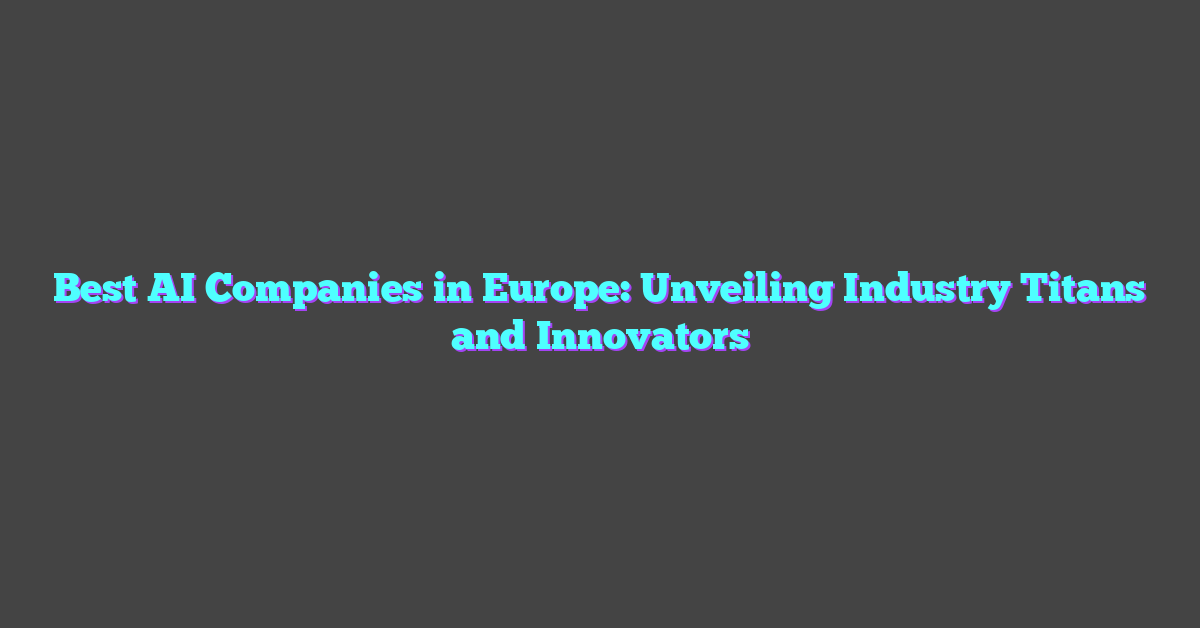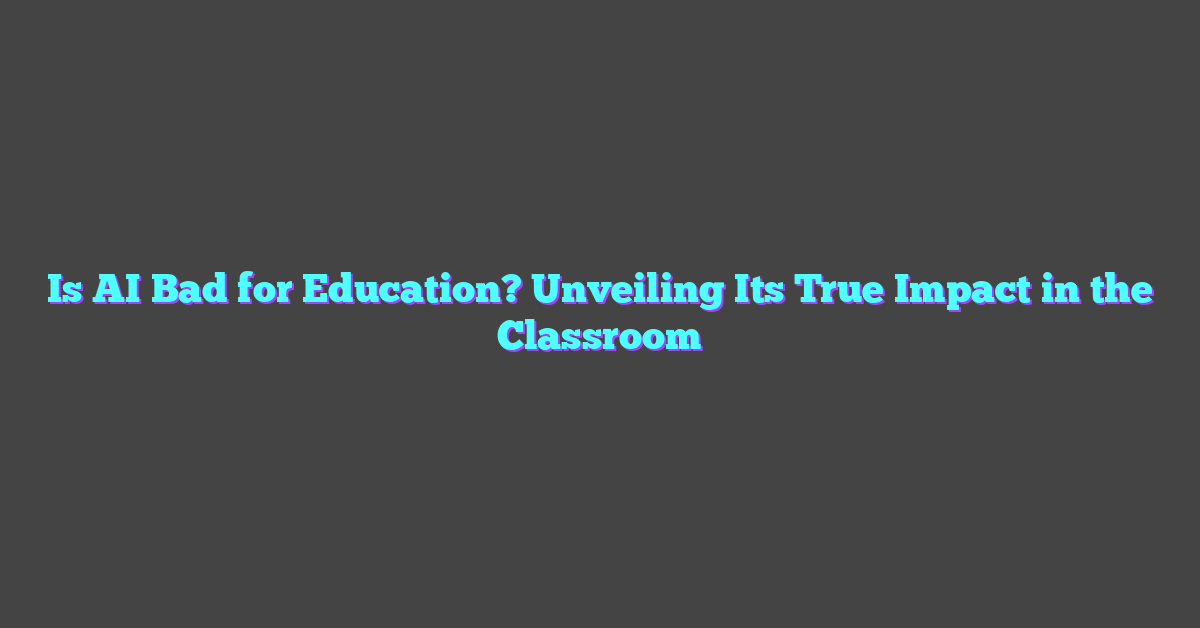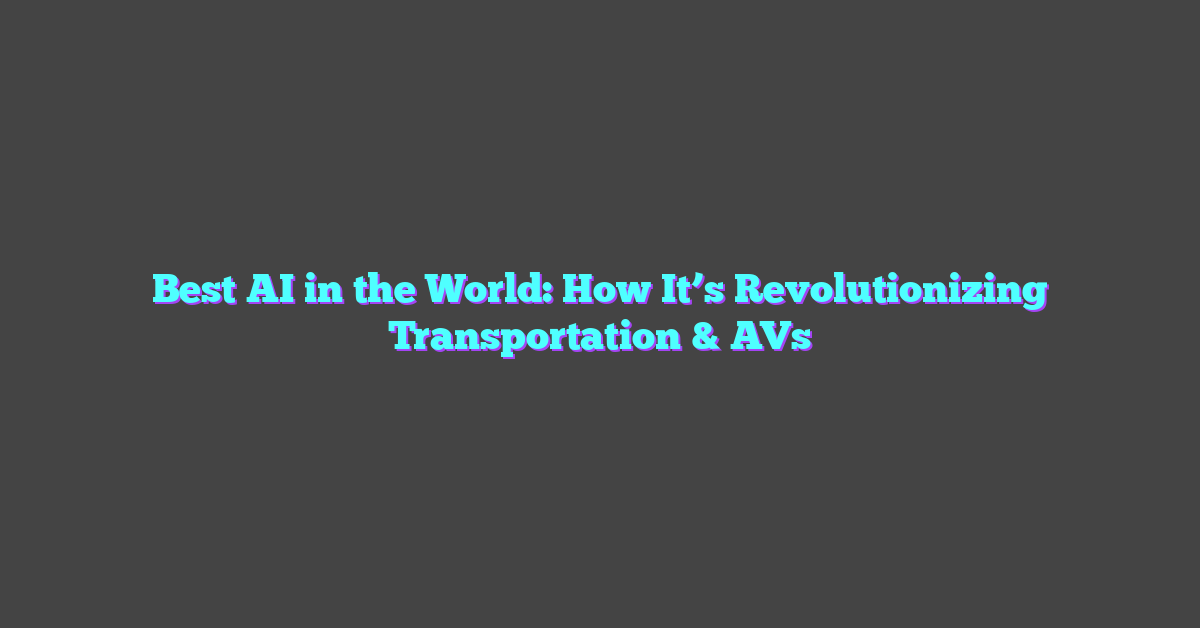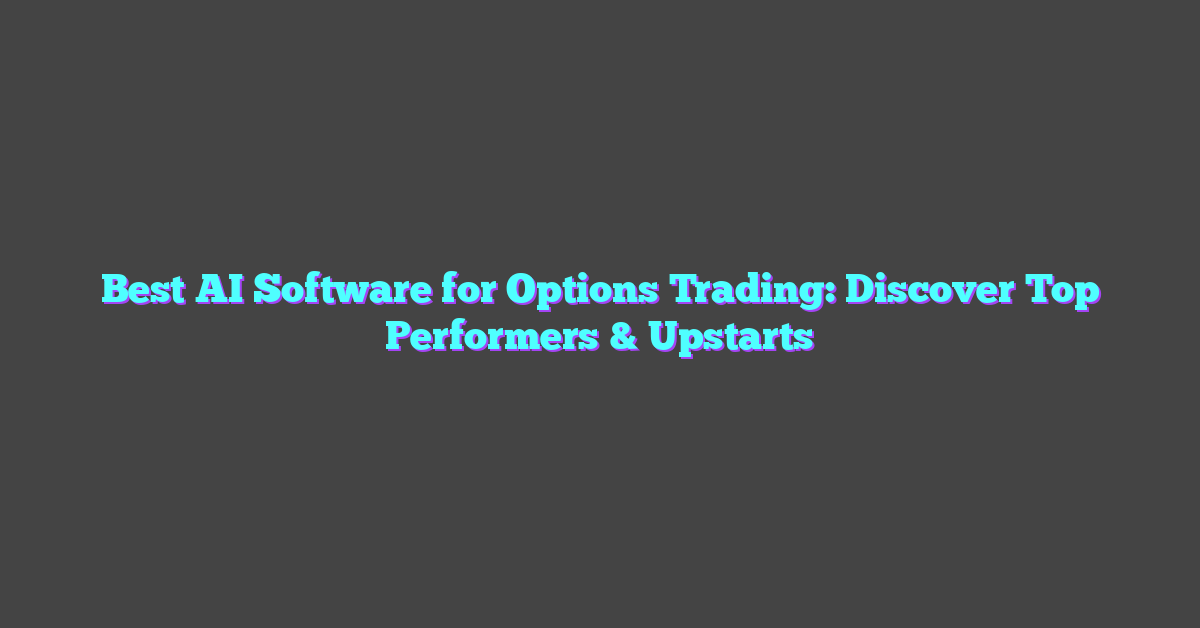Artificial Intelligence, or AI, often feels like something straight out of a sci-fi movie. From chatbots that mimic human conversation to algorithms that predict our next online purchase, AI seems almost magical. But is it all just smoke and mirrors? Some skeptics argue that what we call AI is nothing more than advanced programming and clever marketing.
In reality, AI is a complex and evolving field that blends computer science, data analysis, and machine learning. While it might not be the sentient beings portrayed in films, AI’s capabilities are undeniably impressive. So, is AI fake? Or is it a misunderstood marvel of modern technology? Let’s dive in and explore what AI truly is and what it isn’t.
Exploring the Concept of Artificial Intelligence
Artificial Intelligence (AI) encompasses a broad range of technologies and methodologies that enable machines to perform tasks requiring human-like intelligence. This section delves into the history and workings of AI to clarify its complexities.
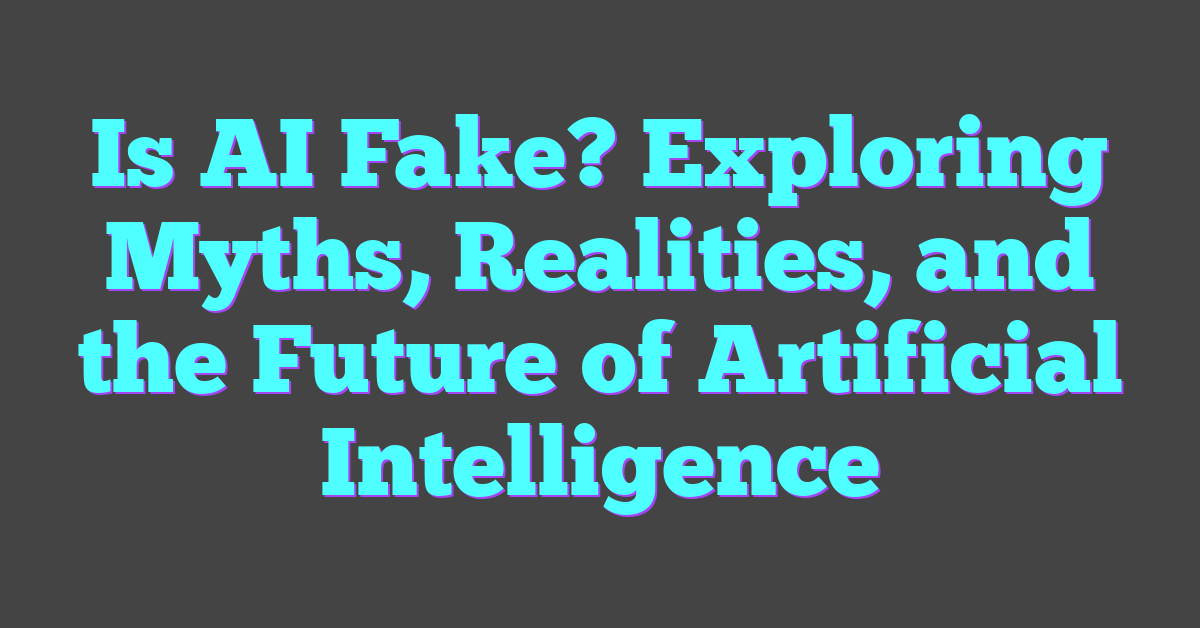
History of AI Development
The development of AI has spanned several decades, marked by significant milestones. It began in the 1950s when pioneers like Alan Turing and John McCarthy introduced foundational theories. Turing posed questions about machine intelligence, while McCarthy organized the Dartmouth Conference in 1956, leading to AI’s recognition as a distinct field.
The subsequent decades saw periods of optimism and setbacks, often termed “AI winters” due to reduced funding and interest. In the 1980s, expert systems, which encoded human knowledge into rule-based systems, gained traction. Although these systems solved specific tasks, they lacked adaptability.
The 21st century ushered in a resurgence in AI, driven by advancements in machine learning, data availability, and computing power. Landmark achievements include IBM’s Watson winning “Jeopardy!” in 2011 and deep learning models like AlphaGo defeating human champions. These developments have ignited renewed interest and investment in AI research.
How AI Works
AI’s functionality relies on several core components. At its foundation, machine learning algorithms enable systems to learn from data rather than explicit programming. Supervised learning involves training on labeled datasets, where the algorithm makes predictions or classifications based on input-output pairs (e.g., image recognition).
Unsupervised learning, by contrast, identifies patterns and structures in unlabeled data (e.g., clustering customers based on purchasing behavior). Reinforcement learning algorithms, inspired by behavioral psychology, learn optimal actions through trial and error, receiving rewards or penalties (e.g., game playing).
Deep learning, a subset of machine learning, employs neural networks resembling the human brain. These networks consist of layers of interconnected nodes (neurons), processing data hierarchically to recognize complex patterns. Applications range from natural language processing (e.g., chatbots) to autonomous driving.
In addition to algorithms, AI systems require vast amounts of data and computational power. Cloud computing and specialized hardware like Graphics Processing Units (GPUs) support the intensive processing tasks necessary for training sophisticated models.
To bring AI into real-world applications, developers often employ frameworks like TensorFlow and PyTorch. These tools simplify building, training, and deploying AI models, making advanced AI accessible to a broader community of researchers and practitioners.
Understanding AI’s history and mechanisms reveals its transformative potential and nuanced capabilities, distinguishing real advancements from mere hype.
Addressing the Question: Is AI Fake?
Artificial intelligence exists as a complex field with real-world applications. While it often faces skepticism, understanding its fundamentals dispels doubts.
Definitions and Misconceptions
Definitions shape the understanding of AI. Artificial Intelligence refers to machines performing tasks requiring human-like intelligence, including learning, reasoning, and self-correction. Misconceptions arise due to media portrayal and science fiction, leading some to deem AI as fake or exaggerated. Clarifying that AI doesn’t possess consciousness like humans reduces misunderstanding.
Common misconceptions include the belief that AI can think autonomously, lacks errors, or mimics human emotions. These aren’t true. Instead, AI relies on algorithms and data to execute tasks. Highlighting distinctions between narrow AI, designed for specific tasks, and general AI, which remains theoretical, enhances comprehension.
AI Real-Life Applications and Examples
Real-life applications demonstrate AI’s authenticity. In healthcare, AI-powered tools assist in diagnosing diseases, predicting patient outcomes, and personalizing treatment plans. For instance, IBM’s Watson aids in oncological diagnosis and treatment suggestions.
In retail, AI optimizes inventory management and enhances customer service through predictive analytics. Amazon uses machine learning to recommend products based on past purchases, improving shopping experiences and increasing sales.
Financial services benefit from AI models detecting fraudulent transactions and providing real-time credit scoring. Companies like JPMorgan use AI for contract review and risk management, streamlining operations and reducing human error.
Self-driving cars by companies like Tesla and Waymo showcase AI in transportation, using computer vision and deep learning to navigate and adapt to changing road conditions.
These applications underscore AI’s tangible impact across various industries, proving its authenticity beyond theoretical concepts.
Ethical Considerations in AI
Ethical issues in AI require careful deliberation due to the technology’s growing influence across various domains. Addressing these concerns ensures AI development aligns with societal values and expectations.
Potential Risks and Benefits
AI carries both significant risks and compelling benefits. Risks include job displacement due to automation, potential biases in algorithmic decision-making, and cybersecurity threats. For example, automated systems can replace tasks traditionally carried out by humans, leading to job losses. Additionally, AI systems trained on biased data sets can perpetuate inequality, as seen in facial recognition technologies misidentifying certain ethnic groups more frequently.
Conversely, AI can offer substantial benefits, such as improved healthcare diagnostics, personalized education, and enhanced efficiency in supply chain management. In healthcare, AI algorithms can assist in early detection of diseases, leading to better patient outcomes. Furthermore, AI-driven personalization in education can tailor learning experiences to individual students’ needs, fostering better engagement and outcomes. These benefits highlight AI’s potential when ethical guidelines are in place.
Regulatory and Philosophical Questions
Regulatory frameworks are crucial to ensure AI operates within ethical boundaries. Questions arise about accountability, transparency, and the extent of AI’s autonomy. Who is liable for AI-driven decisions? How transparent should AI systems be in their operations? These questions require addressing to build trust and accountability in AI.
Philosophical debates also emerge around AI’s role in society. Discussions focus on AI’s potential to challenge concepts of human uniqueness and the moral implications of creating machines that mimic cognitive functions. For instance, if AI can perform tasks requiring human intelligence, what does this mean for human identity and purpose? Addressing these inquiries helps society navigate the ethical landscape of AI thoughtfully.
The Future of AI
The future of AI holds immense possibilities, fueling both excitement and debate. Experts anticipate significant technological advancements and societal impacts as AI continues to evolve.
Predictions and Emerging Technologies
Experts forecast rapid growth in AI capabilities. By 2030, AI’s global market is expected to surpass $190 billion, according to Statista. Key areas driving this growth include natural language processing (NLP), computer vision, and autonomous systems.
- Natural Language Processing: NLP advancements enhance machines’ ability to understand and generate human language. Recent models like GPT-4 demonstrate improved contextual understanding and generation capabilities, potentially revolutionizing customer service and content creation sectors.
- Computer Vision: Computer vision technology enables machines to interpret visual data. Progress in this field contributes to innovations in healthcare diagnostics (e.g., early detection of diseases through medical imaging), autonomous vehicles, and facial recognition systems.
- Autonomous Systems: Autonomous systems, especially in transportation and manufacturing, are expected to become more sophisticated. Advances in sensor technology, machine learning algorithms, and robotics integration are making self-driving cars safer and more efficient, while automated factories boost productivity and reduce operational costs.
Emerging technologies relying on AI include quantum computing and edge computing. Quantum computing promises to solve complex problems beyond the reach of classical computers, offering breakthroughs in areas like drug discovery and cryptography. Edge computing, by processing data locally on devices instead of centralized servers, reduces latency and enhances real-time decision-making in applications like smart cities and IoT devices.
Conclusion
AI is far from fake. It’s a transformative force reshaping industries and daily life. While it’s essential to address ethical concerns and potential downsides, the benefits in sectors like healthcare and education are undeniable. As AI technology continues to evolve, especially with advancements in NLP and autonomous systems, its impact will only grow. With the global market set to soar, staying informed and prepared for these changes is more important than ever.
Frequently Asked Questions
What is Artificial Intelligence (AI)?
Artificial Intelligence (AI) refers to computer systems designed to perform tasks that typically require human intelligence, such as visual perception, speech recognition, decision-making, and language translation.
Why is there a need to address ethical considerations in AI?
Addressing ethical considerations in AI is crucial to avoid potential risks like job displacement, biases, and privacy concerns, ensuring that AI technologies benefit all of society fairly and responsibly.
How is AI beneficial in healthcare?
AI improves healthcare by enabling faster and more accurate diagnoses, personalized treatment plans, and efficient data management. It also aids in drug discovery and predictive analytics.
What role does AI play in education?
AI assists in education by personalizing learning experiences, automating administrative tasks, and providing intelligent tutoring systems that offer tailored support to students based on individual needs.
What are the predictions for AI capabilities by 2030?
By 2030, AI capabilities are expected to grow rapidly, with significant advancements in natural language processing (NLP), computer vision, and autonomous systems, driving innovations across various sectors.
How much is the global AI market expected to be worth by 2030?
The global AI market is projected to exceed $190 billion by 2030, reflecting substantial growth and widespread adoption of AI technologies across industries.
What are the key areas of advancement in AI?
Key areas of advancement in AI include natural language processing (NLP), computer vision, and autonomous systems, which are crucial for developments in human-computer interaction, image recognition, and self-driving technologies.
What emerging technologies are promising for the future of AI?
Emerging technologies like quantum computing and edge computing show great promise for the future of AI, offering new ways to handle complex computations and process data efficiently at the network edge.

